Flying a Small Plane: Key Insights for Beginners
Pilot's Life Blog
JANUARY 12, 2025
Understanding the Basics of Flight Aerodynamics 101 Flying a small plane revolves around understanding four key forces: lift, thrust, drag, and weight. Thrust, produced by the engine, propels the plane forward, overcoming drag, which is the resistance caused by air. These forces must work in harmony to maintain flight stability.


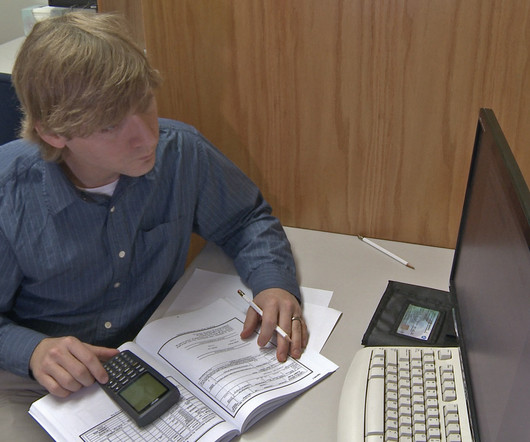
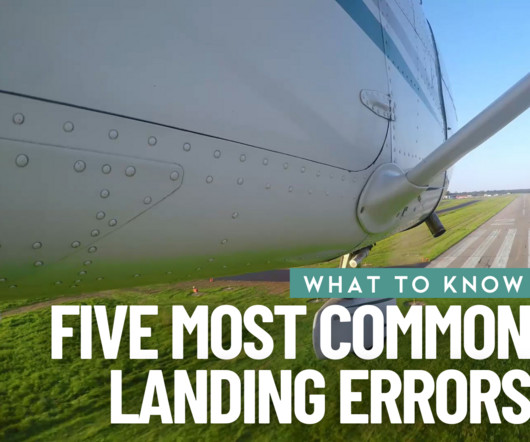
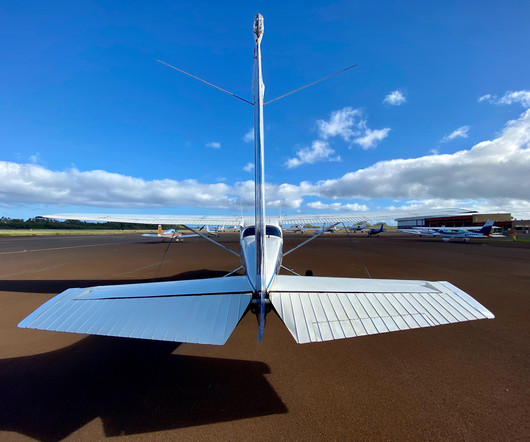
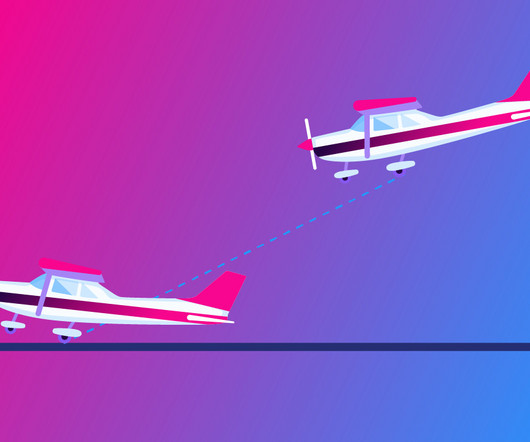
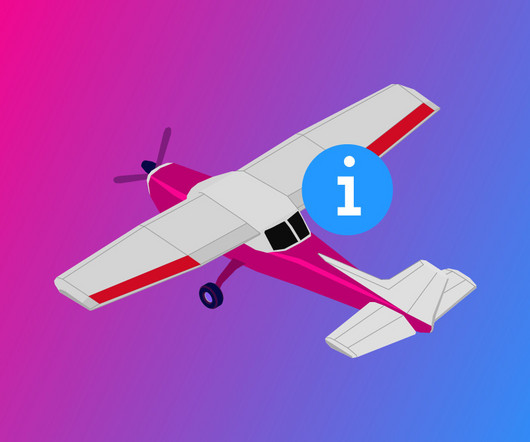

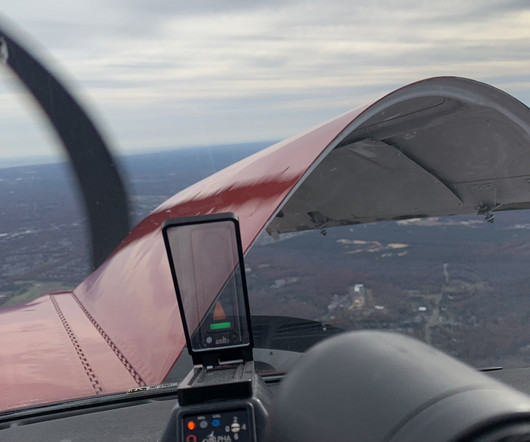
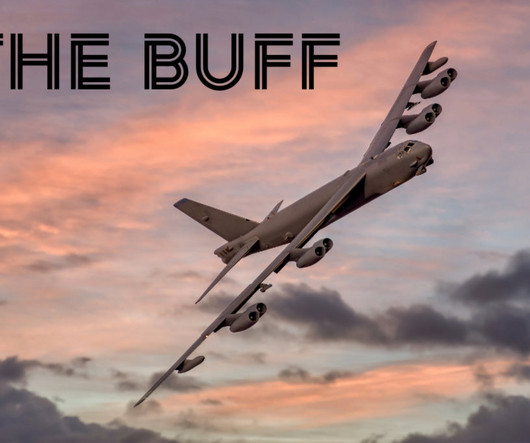

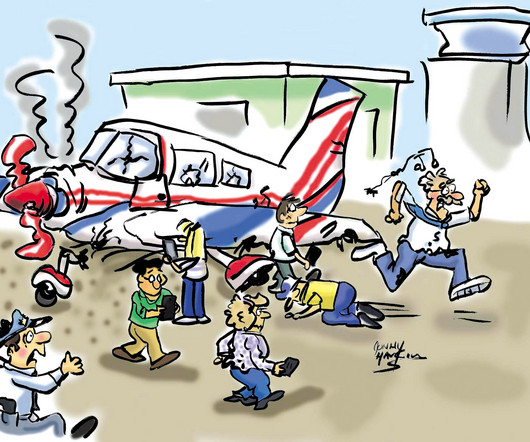







Let's personalize your content